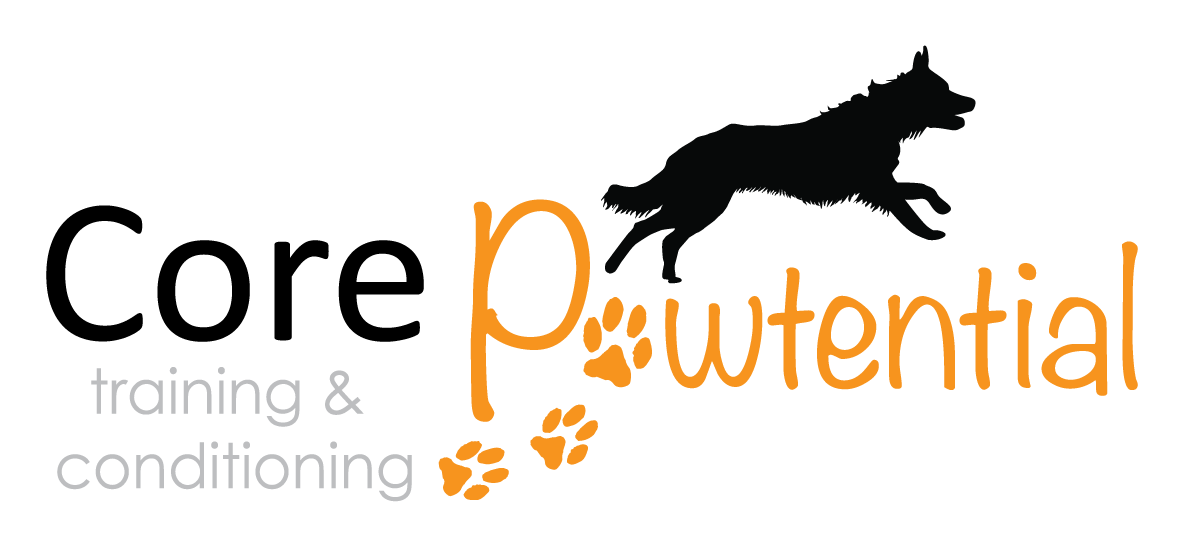Rest between Sets: The missing piece in Canine Conditioning?
Since my last blog post on reps and sets, a natural follow-up question is:
How much time should I allow my dog to rest between sets?
Rest periods are just as important as the exercises themselves. The right amount of rest allows the dog to recover and stay engaged, while maintaining focus and execute subsequent sets with proper form. I often use rest periods as an assessment tool to monitor fatigue levels and adjusting the conditioning plan accordingly.
Just like reps and sets, there is no universal formula for determining the duration of rest between sets. In general,
Strength and balance exercises may require longer rest between sets
Exercises focusing on body awareness, flexibility, and/or endurance may benefit from shorter rest periods.
Since most conditioning exercises target multiple components, I don’t rely on a fixed formula. Instead, I tailor rest periods based on the individual dog and the session’s goals.
Types of Rest
Depending on the dog(s) and the exercise, I broadly categorize rest periods into:
Active reset
A short pause between sets, typically involving a reset cookie. The time it takes for the dog to find and eat the treat serves as the rest period. I can adjust rest duration by varying the number or placement of cookies.
Tossing the cookie may increase arousal and shorten the rest period
Placing cookies in a bowl/dish can prevent excessive searching or prolonged rest period
Using cookie scatter may increase the rest period
Passive break
This is a longer break between exercises or turns, typically when I am working with multiple dogs or adjusting the setup for the next exercise.
The dog may relax on a mat, raised bed, or in a crate/x-pen.
Puppies or dogs without a “place” behavior may initially get a chew or enrichment item to encourage calmness, but this is usually faded after a few sessions.
Why Rest Period Is Essential
Rest period is not wasted time—it’s a key component of canine conditioning. Proper rest not only supports muscle recovery, but also mental reset. Without sufficient rest, fatigue may result in:
Compensatory movement patterns
Instead of engaging the targeted muscles, the dog may rely on compensatory muscle groups to perform the exercise
The purpose of the conditioning exercise may be undermined
Overuse of muscle groups
Fatigued muscles may be overused, which may lead to increased likelihoods of strains or sprains
Muscles may become less flexible, and joint stability may be compromised due to reduced strength from muscle fatigue
Mental fatigue
Reduced focus and concentration
Coordination and reaction time may be decreased
Reduced attention to form
All of these factors can increase the risk of injury, which is the exact opposite of our goal in canine conditioning.
Signs to Watch For During Rest
Rest periods provide valuable insight into the dog's physical and mental state. I pay close attention to subtle changes, including:
During Active Reset:
Does their movement look smooth and effortless when retrieving the reset cookie?
Are they taking longer than usual to find the treat? Do they seem distracted?
Do they return to work at their usual speed and energy level?
Do their form look compromised when they return to the starting position?
During Passive Break:
Is the dog settling normally, or are they fidgeting more than usual?
Is a typically eager dog less engaged or reluctant to return to work?
Are they showing potential signs of stress (licking, scratching, yawning, excessive vocalization)?
Rest as an Assessment Tool
Many dogs will keep working even when fatigued, making it our responsibility as handlers to ensure adequate rest periods in our conditioning session. By observing subtle changes in movement, posture, and behavior, we can assess when a dog is ready for the next set of exercises. By thoughtfully adjusting rest periods, not only can we optimize conditioning outcomes, but also reduce potential risks of injury, ensuring each training session is both effective and safe.





